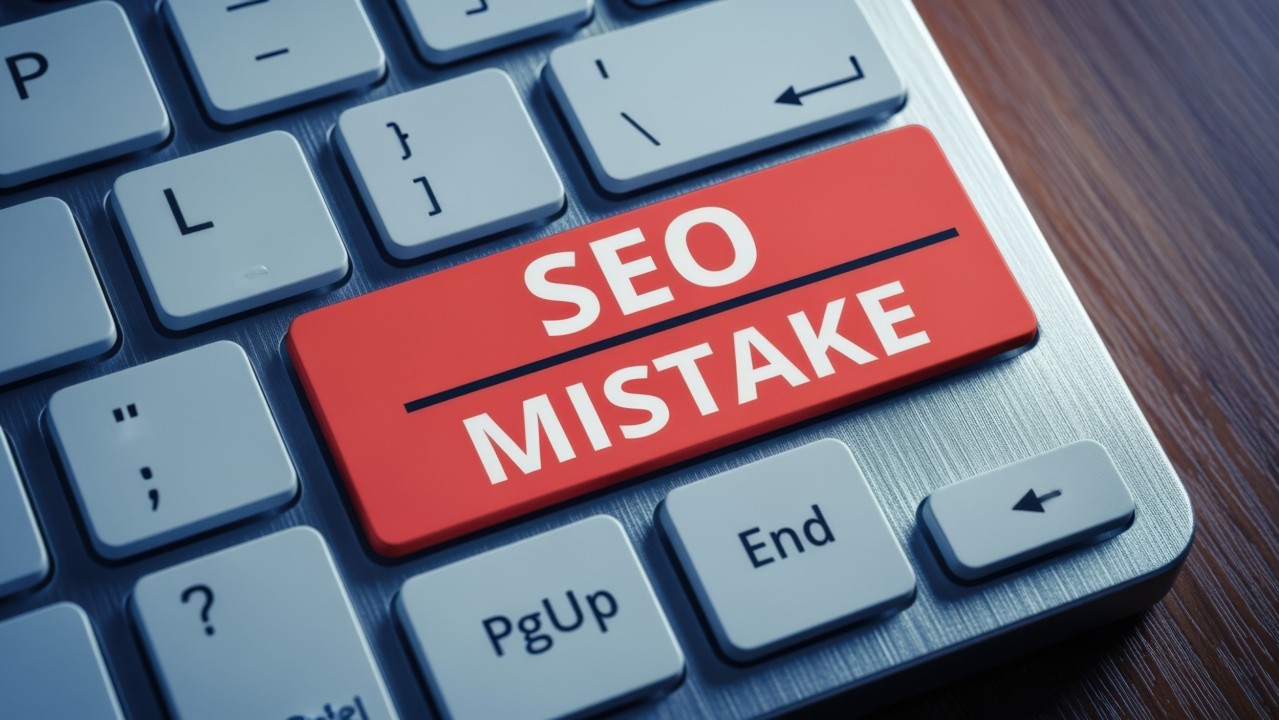News
6 Key Social Media Trends From 2021
In the ever-changing world of social media, it is often hard to keep up with current trends. Are meme’s still a thing? What should I be posting on my story? What is ‘social commerce’? Whether you are a business, wannabe influencer, or just using social media for, well, being sociable, it is sometimes hard to know how to utilise social media to get the most out of it.
According to Talkwalker’s report on Social Media Statistics In the UK more than two-thirds of the adult population are active on social media, compared to 45% in other parts of the world. We spend on average two hours per day engaging on social media, so it offers a world of opportunity for connection for both businesses and individuals alike.
The global pandemic has had a marked difference in the way people use social media, which we can see in the most popular trends for 2021.
Download our Ultimate Social Media Guide and whitepaper.
Your online brand presence is more important than ever.
From setting up the right social accounts for your business, to creating high performing marketing content, learn how to effectively manage your community and reap the benefits of social media.
Looking for support from a social-first digital agency? Get in touch with 123 Internet Group!
1. Increasingly socially conscious audiences
From #metoo to #blacklivesmatter to finding out more about climate change or supporting trans rights, there is no doubt that social media has become a hotbed of social and political comment in the last few years. Social media has become a way for younger users, in particular, to educate themselves about the pertinent issues of the day. For instance, young men will listen to Roman Kemp talk about male suicide on social media in a way that they wouldn’t if they were being spoken to in a classroom.
The trend for social and political consciousness among the younger generation is something that businesses need to tap into successfully. There is now an expectation for businesses to prove that they are not contributing to the problems that matter most to social media users.
Dr Jillian Ney, a Digital Behavioural Scientist at the Social Intelligence Lab, remarks that;
“Now more than ever, we’re demanding that our brands show up with purpose and meaning beyond product marketing agendas.” (Source)
2. An explosion in social commerce
Covid has had a significant impact on shopping trends, with more people than ever turning to online shopping out of necessity (and sometimes a touch of boredom!). Businesses have been forced to up their game regarding E-commerce to keep up with the competition, but there is now a new element to factor in; social commerce.
Social commerce is where brands sell their products directly through social channels. If you are scrolling through Insta and happen on something you like the look of, you can now buy it there and then, rather than following a link that takes you to another page to buy it. 54% of social media users research products on social media, making sense for businesses to convert that into direct sales by letting them purchase directly from a social platform.
“Already the UK is leading the way for e-commerce penetration, and now new opportunities are emerging to link content with commerce.” Andy Lambert, Director of Growth at ContentCal.
3. The Rise of Podcasts
Audio-only content has been enjoying a renaissance over the past few years, with podcasts reaching an estimated 15.6 million people in 2020. Podcasts provide an element of human connection lacking when listening to music or watching a video, which has made it particularly popular during the pandemic – including our very own Business Spotlight Podcast.
The on-demand nature of podcasts and the massive array of content means that you can listen to what you want, wherever you want, whenever you want. Due to this vast potential audience reach, brands are starting to realise that podcasts could provide a valuable form of social media marketing. The Statista Research Department estimated that spending on podcast advertising between 2017 and 2024 would be more than £33.56 million.
4. Stories as Content
Snapchat stories may once have been the territory of teenage girls gossiping about their friends. Still, stories on Instagram, Snapchat and other platforms are now starting to be seen as a powerful marketing tool for businesses. Cashing in on people’s intense FOMO, stories that have a shelf-life of 24 hours can be used to create interest in a new product or create a buzz around your brand.
Social media users do not want to feel like they are missing out on anything, so having content in the form of video’s or images encourages your audience to engage with your message before it disappears. Five hundred million Instagram users engage with stories every day, so it is no surprise that 51% of brands were using stories as a way to reach their client base in 2020, with that figure set to rise in 2021.
5. Continued Popularity of Live-Streaming
Live-streaming is yet another facet of social media that has enjoyed a surge in popularity thanks to the pandemic, and its popularity is set to continue. When you think of live-streaming, you may typically think of music gigs being streamed or its use for video gaming. However, more and more businesses are finding that live-streaming can be used as a valuable marketing tool. Live streaming is projected to become a £50 billion industry in 2021, and it has over doubled in growth since 2016.
This figure alone should tell you how vital live-streaming is and how valuable it could be as a marketing tool for businesses. There are various ways to incorporate live streaming into your marketing strategy. Live tutorials are always popular, and behind the scenes videos could help increase transparency and give a more personal feel to your business. Creating a customer community enables customers to interact with each other and provide vital feedback on your brand.
” (Live streams) offer rich, tangible content that’s highly desirable and a lot of fun to peruse, not to mention very informative.” Richard Weaver.
Social media is a fast-evolving landscape that can be tricky to navigate successfully. However, if businesses want to utilise social media in a meaningful way that benefits both them and their customers, they must keep up to date with the latest trends and move with the times.
6. Social Listening & Data Analytics
It’s essential to build a solid reputation and following on social media for your brand to become a household name and attain a high brand awareness. During the pandemic, we saw many brands move from a ‘sales focus’ to more of an ‘educational’ tone.
However, things aren’t always so black and white. The last thing you want is to develop a reputation for all the wrong reasons – bad service, scandals, and other issues can cause negative social media mentions.
Due to what can suddenly become a rocky road, it’s vital to continuously track your brand’s social media channels and look out for any red flags. That’s where social listening comes in.
By performing social listening, you can create the kind of content your followers actually want, come up with new ideas based on industry trends, improve your customer experience by interacting directly with customers, and continuously shift your customer strategy to fit the current need.
















The Ultimate Social Media Guide
With the ever-growing power of social media, we use the latest techniques, video, and animation software to craft eye-catching social media assets that make your brand pop. Our designers, wielding Adobe Creative tools, create distinctive animations and graphics to illuminate your brand story and highlight your products or services. Want a unique design? No problem – we also offer bespoke designs to match your brand aesthetic.